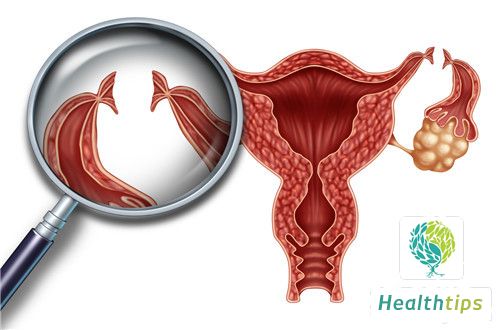Why Does My Buttocks Have Darkened Skin?
Darkening of the buttocks is a common phenomenon in daily life. The darkening mentioned here mainly refers to pigmentation. There are many reasons for the darkening of the buttocks, most of which are physiological. The main reason is poor blood circulation in the buttocks caused by prolonged sitting, coupled with excessive friction due to frequent sitting. This can easily lead to skin darkening. Of course, it may also be related to other reasons, such as skin allergies, hormonal levels, and so on.

1. Hormonal Level Impact: Firstly, a physical examination should be conducted to observe the location of the darkening on the buttocks. For instance, if the crease of the buttocks appears darkened, it may be influenced by hormonal levels within the body, resulting in some pigmentation, which is normal.
2. Local Pressure: Elderly individuals who are relatively frail may have thinner areas around the hip bones, specifically the greater trochanter region. When lying on their side or resting in certain positions, local pressure may occur, potentially leading to bedsores. In the early stages, these bedsores manifest as changes in skin color, gradually progressing to ulceration and wound formation, which can be troublesome.
3. Avoid Prolonged Sitting: The darkening on the buttocks is caused by obstructed bladder meridians due to prolonged sitting, preventing the body from transporting waste effectively. This waste accumulates on the buttocks, resulting in dark deposits. To remove these dark marks, it is advisable to avoid prolonged sitting as much as possible.
4. Choose Chairs with Cushions: Although many people cannot avoid sitting for extended periods, choosing chairs with cushions can help reduce friction between the buttocks skin and the chair. This can assist in reducing the appearance of dark marks on the buttocks.



















